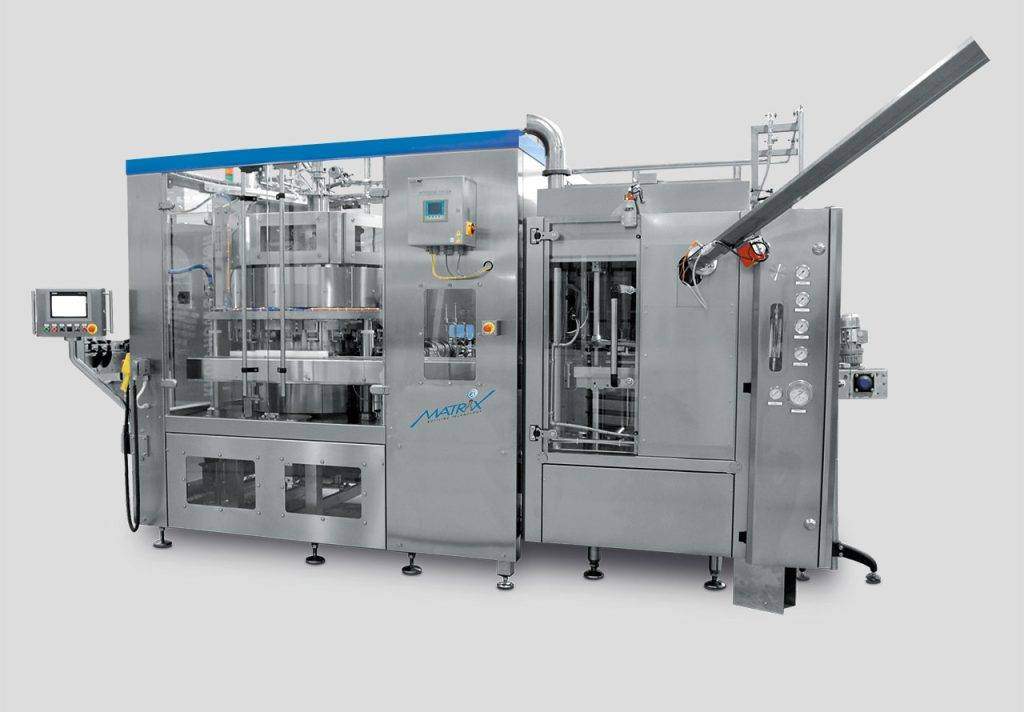
Lightweight, durable, reliable, and the most popular among consumers. Yes, that's what we're talking about - a tin can. A tin can is not only a tasty alternative, but also a convenient packaging for an active lifestyle. Demand for cans is pushing beer producers to turn to this format more and more often.
Once upon a time, it looked nothing like the modern one. It weighed over 35 ounces, which is about a kilogram. These cans were made of steel and opened with a special knife. They are almost a hundred years old. The first attempts to bottle beer in a can were made in 1935 in the United States. In 1958, this container became aluminium, and 5 years later, it was fitted with a breakaway ring.
What kind of packaging do Ukrainians prefer and why did beer producers start to produce their beverage in cans?
Given the experience of Ukrainian brewers, if we compare beer in a bottle or a can, they have completely different economics, different sales methods, different logistics and different consumers, even if it is the same type of beer from the same brewery.
Manufacturers began to look for an alternative to glass containers, which broke when dropped and were quite heavy. And they found it. This is what the tin can became. It is light, strong, reliable and durable. In addition, it can hold several times more information than glass containers.
Recently, the banks segment has been showing double-digit growth rates and is becoming an increasingly prominent format in particular:
– manufacturers are expanding the range of cans;
– sellers are increasing shelves for this format;
– consumers are increasingly opting for aluminium packaging.

This is primarily due to the preservation of product quality, in fact, due to the lack of contact with oxygen and sunlight. The hope is that the drink will reach the consumer in the form intended by the brewer.
Secondly, cans are much easier and cheaper to store and move than bottles. This packaging makes it possible to supply it to different parts of the world and to please the most demanding consumers.
Thirdly, the shelf life of beer in a can is usually longer than in a glass bottle.
Fourthly, it is lighter and saves on logistics, as it takes up less space and weighs less.
Finally, compared to a bottle, it cools the product faster and can be recycled. By choosing this type of packaging, you are making a conscious contribution to the preservation of natural resources.
We offer state-of-the-art filling technologies for the beer sector, cider and wine, spirits, carbonated and non-carbonated beverages, and fruit juices. We have a high flexibility of developed solutions - depalletisers, filling units, pasteurisers, CIP plants, mixers-saturators, palletisers.
Complete lines for still and carbonated beverages in glass, PET bottles or cans. We offer turnkey solutions adapted to different needs. The average capacity is 20,000 thousand bottles per hour. Our engineering service supports you from design to construction of a fully automatic beverage filling plant. Thanks to such lines, you will automate and significantly speed up your workflow and increase the productivity of your enterprise.
The machines perform all the operations required for continuous production activities, from dosing to the products being packed on the transport pallet. They can be equipped with special additional mechanisms and even entire plants.



Have you set a global goal to produce your product in recyclable packaging or use packaging made from recycled materials by 2025? Or do you need to modernise your filling lines? Don't miss this opportunity, talk to our experts and find out about all the benefits you can expect. We are committed to joining forces with our partners to make the goal of greener packaging a reality.
Choose quality and optimise space.
